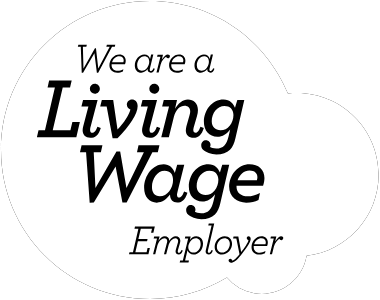This week we are lifting the lid on a most heinous greenhouse gas which has, until recently, been skulking malevolently under the radar: methane.
Yes, with the world’s focus intently set on curbing carbon dioxide emissions as the public enemy number one gas, the dastardly methane had done a great job of swerving scrutiny; but all that is now changing. And not a moment too soon, for methane, or CH4, is unedifyingly potent: in fact, it clocks in at over 80 times more potent than CO2, making it the second largest contributor to climate change.
Methane is now rocketing up climate to-do lists because it is responsible for around 30% of the current rise in global temperatures and, unfortunately, emissions of the gas have been steadily increasing. Methane emissions are different to their CO2 counterpart because, while methane causes substantially more warming than carbon dioxide per unit mass, it has a much shorter lifetime; the gas only stays in the atmosphere for roughly 12 years.
So, if we work on achieving large methane emissions reductions now, this could have a relatively rapid impact, with the effects being felt within one or two decades. You don’t have to be an atmospheric scientist to see the opportunity this offers to immediately slow our planet’s near-term warming in an immensely important way.
Tackling this head on, 100 countries representing 70% of the global economy joined the Global Methane Pledge in 2021, committing to reducing methane emissions by 30% from 2020 levels by 2030. It’s certainly a deeply necessary move: according to UNEP, the 1.5 degree Celsius target set in the Paris Agreement can’t be achieved without reducing methane emissions by 40-45% by 2030. So, as we’re all trying to avoid the distinctly unpalatable scenario of warming temperatures triggering massive future methane releases from sources like thawing permafrost or wetlands, here at Wilful we doubt we’re alone in cheering on innovators stepping up to cut methane emissions as part of the global fight against climate change.
‘But where are all these emissions coming from?’, you might ask. Well, while methane is emitted by many sectors, the biggest human-induced culprits are agriculture at 40%, fossil fuels at 35%, and waste at 20%. Emissions also come from natural systems like wetlands and the Arctic permafrost. Here, we’re taking a look at innovators across these key three sectors. Drop us a line at hello@thewilful.com if you’ve got other suggestions to add.
Agriculture
While rice is responsible for 12% of global methane emissions (who knew?), the primary source of agricultural methane is cattle. And while there’s usually a few snickers at the back when the subject of cows’ digestive systems crops up, they really are a particularly potent methane source. Cows are effectively quasi methane machines: the gas produced in their digestive systems gets exhaled through their nose and mouth, and also emanates from their manure.
And it turns out that burping bovines are big business. There’s now a veritable smorgasbord of entrepreneurs stepping in to tackle livestock emissions through a variety of innovative ways. One popular route is producing feed additive for cows. Mootral’s ‘Ruminant’ is a natural feed additive based on compounds from garlic and citrus extract, produced in a pellet format, and certified for carbon credits by Verra.
Elsewhere, seaweed is fast emerging as a feed additive frontrunner. Rumin8 uses targeted compounds from red seaweed and rangeland plants to produce supplements that reduce livestock methane emissions. Backers include Breakthrough Energy and Sentient Impact Group.
Blue Ocean Barns’s Brominata is also a seaweed-based digestive aid for cattle. By adding a handful of Brominata to cows’ usual feed, the cattle benefit from increased energy and we all benefit from their reduced methane emissions. Investors including Valor Siren Ventures and Tao Capital Partners are fully onboard. And with a vision of ‘Zero Methane Agriculture’, CH4 Global is offering its first line of methane-reducing cattle feed additives derived from Asparagopsis seaweed, for large beef and dairy producers. CH4 Global has raised $13 million from investors including DCVC and DCVC Bio, showing that reducing ruminant methane emissions is big business.
And while there’s clearly a big market for seaweed-munching livestock, GlasPort Bio is also tackling the, ahem, other end of the spectrum. Alongside its RumenGlas feed additive, GlasPort is also developing manure additives to tackle manure and slurry. Its GasAbate tablet or liquid can be added to cow manure to reduce methane, while retaining nutrients to be used as an organic fertilizer. Sounds like a double win to us.
Instead of going the feed additives route, ZELP has taken a different tack. It has developed a wearable device that fits around a cow’s head, apparently causing no change to feeding, rumination or interaction with the herd. The filter neutralises methane as the cow exhales, while also tracking methane metrics and other key data for farmers. That’s certainly one innovative way to counter emissions at source.
Fossil Fuels
It’ll come as a surprise to pretty much no-one that the oil and gas (O&G) industries are key methane emitters, with coal also a concerning culprit. During O&G production, methane can leak at many stages of the supply chain, leading to what’s known as fugitive emissions. Putting aside the image this conjures of bandana-bedecked outlaws in fading ‘Wanted’ posters, these methane losses into the atmosphere are in fact caused by anything from drilling and extraction, to pipe leakage and incomplete gas flaring.
While the scale of these leaks, especially via super-emitter events, can seem undeniably daunting, the International Energy Agency actually estimates that we could reduce methane emissions from oil and gas by 75% by 2030 using existing technologies, such as better monitoring for methane leaks and repairing leaky equipment. And in case anyone needed further incentive to get onboard with this plan aside from some general warm and fuzzies for the planet, last August’s Inflation Reduction Act in the US signed into law a fee charging oil and gas companies for methane emissions that exceed an agreed threshold – the first ever fee for a greenhouse gas in the country.
Against this backdrop, we’re seeing space tech satellites honing in on major methane leaks. Yes, meet MethaneSAT, the roving eye in the sky and wholly-owned subsidiary of the Environmental Defense Fund, due to launch later this year. MethaneSAT will apparently track not only the rate at which methane is being emitted and from where, but how those emissions are changing. Such high-quality data should mean that problems can be found and fixed faster: all doubtless music to the ears of stakeholders keen to see and compare organisations’ emissions results against their stated commitments and legal obligations.
Elsewhere, GHGSAT already monitors greenhouse gases in high resolution, with its satellites apparently capable of attributing emissions directly to individual facilities. And it’s fair to say that among the fossil fuel industry, high quality, continuous methane monitoring is pretty necessary, with growing expectation on companies to improve the accuracy and frequency of their methane tracking. So who are some of the innovators working to crack down on harmful methane leaks once they’ve been spotted? Enter LongPath Technologies, which has patented, Nobel Prize-winning, long range laser networks to detect and quantify leaks across large areas. Their tech for methane monitoring provides readings 24/7, meaning operators can ‘catch events in a timely manner’. The automated, real-time streaming of data also has handy customisable alerts letting an operator know once an emissions threshold is reached.
Project Canary’s Canary SENSE Platform also offers emission alerts, and translates the data it captures through its solar-powered sensing devices into actionable insights, such as predicting and intercepting fugitive emissions.
But what to do after identifying methane leaks in oil and gas wells? Step forward BioSqueeze, an innovative outfit that seals leaks via a beautifully natural, carbon neutral solution that uses biomineralization, aka the process by which living organisms produce minerals. After identifying a methane leakage pathway, BioSqueeze’s mineralising solution transforms – ta dah! – into crystalline calcium carbonate, a limestone-like material that binds to rock, cement and steel, thereby sealing that pathway permanently. We weren’t surprised to hear that this planet-friendly solution for the O&G industry has just raised over $7 million from investors including Valo Ventures and Zero Infinity Partners.
Lowercarbon Capital and ARPE-E, meanwhile, are backing Frost Methane’s micro-flare technology that neutralises methane from manure ponds, abandoned coalmines and landfills, while also generating carbon offsets. With the capacity to convert high-flow methane sources into water and CO2, this is definitely one to watch in our book.
Waste Management
It’s unlikely that many of us have spent much time hanging out at landfill sites. But you may well still know that when organic waste decomposes, it produces large amounts of methane. So landfills, which account for 11% of methane globally, are like giant anaerobic munchers, digesting all manner of decomposing food scraps and garden waste – and then emitting a not-so-delicate methane belch.
Happily, there are innovators getting to grips with this challenge, one of which is LoCI Controls, a real-time data and control platform company that uses patented technology to increase methane capture and reduce emissions from decomposed and organic material in landfills.
LoCI’s solar-powered system optimises the collection of methane from landfills. It does this via small devices that attach to methane collection wells, bringing the methane to the surface for processing. Its technology combines these on-site measurement systems with cloud-based software. So, through a judicious combination of real-time data, software and automated valve adjustments – plus some beady-eyed analysts monitoring the field and remotely – LoCI has got a compelling handle on the landfill gas collection process.
And finally, for those of us who want to partake in some judicious methane management of our own closer to home, how about picking up a HomeBiogas digester? These natty products use methanogen bacteria, similar to those in cow stomachs, to break down organic waste. So, just pop one in your garden, and in one fell swoop you can convert your own food waste into clean gas for cooking, while also using the residues as bio-fertilizer. Win-win! You’re welcome.






